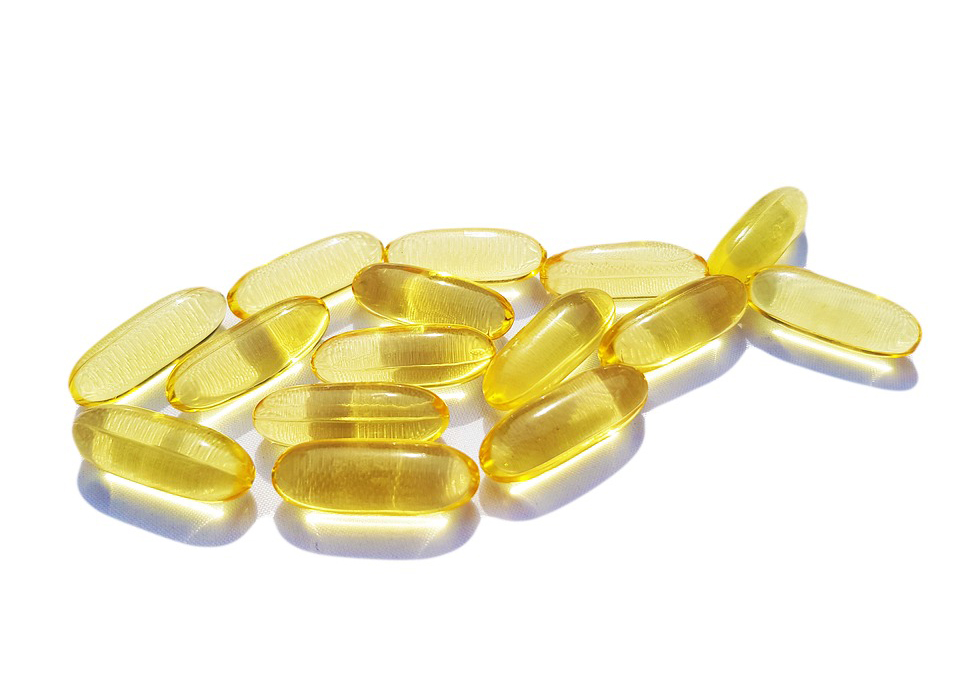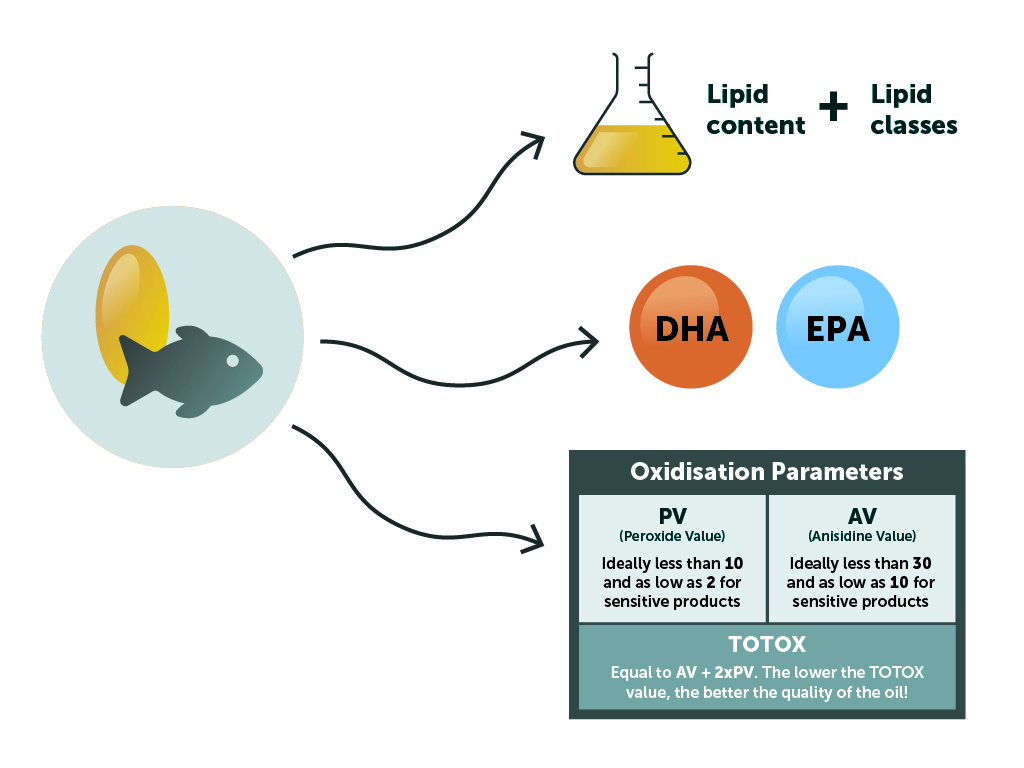Is Oxidised fish oil a problem?

In January 2022, an item entitled “Revealed: many common omega-3 fish oil supplements are ‘rancid’” was published in Guardian, which claimed that around one in five of all consumer fish oil products were excessively oxidised when tested.
Fish Oil #fishoil contains high quantities of very long chain Polyunsaturated Fatty Acid (LC-PUFA’s). Among these LC-PUFA’s are EPA (eicosapentaenoic acid) and DHA (docosahexaenoic acid) omega 3 fatty acids, which have large body of scientific evidence backing their benefit for human health. However, the fact that they are “highly unsaturated” means they are extremely prone to oxidation. These oxidation products give rise to the “rancid fish” odour that we are familiar with, even at very low quantities.
Manufacturers of consumer fish oil products can mitigate, but not eliminate, the risk of oxidation, by carefully controlling their production procedures, e.g., eliminating exposure to oxygen, moisture, light, and transition metals, and ensuring that the whole distribution chain is not exposed to high ambient temperatures. They can also add antioxidant materials approved for food use to their formulations, e.g., tocopherols and rosemary extract.
Determining the oxidative rancidity status of a fish oil is complicated. The primary oxidation stage involves the formation of hydroperoxides which can be measured accurately by an analysis called the Peroxide Value (PV) #peroxidevalue. The PV should always be less than 10 and may be as low as 2 for sensitive products. However, even oils with PVs more than 10 can still be odourless, because those fishy odours only develop during secondary oxidation.
Secondary oxidation occurs when the peroxides formed in the primary oxidation decompose to form carbonyls and a range of other derivatives, including the foul-smelling aldehydes that give the characteristic odour to rancid fish oil. This secondary oxidation can be measured by determining the Anisidine Value (AV) #anisidinevalue. The AV should be less than 30 in a fish oil, but 10 or less in more sensitive products.
As primary and secondary oxidation progress differently with time, a measure called the TOTOX value #totoxvalue is used to cover both types of oxidations. The TOTOX value is equal to the AV + 2xPV. The lower the TOTOX value, the better the quality of the oil!

Regular determination of PV, AV and TOTOX values is important for fish oil manufacturers and encapsulators – and indeed for any company distributing fish oil-based products.
The media interest in this subject means it is important that all testing is verified by a reputable laboratory with the necessary certification. Luckily a specialist lipid laboratory called Mylnefield Lipid Analysis #Mylnefield, based in Dundee, can help!
References:
Albert BB et al. , “Fish oil supplements in New Zealand are highly oxidised and do not meet label content of n-3 PUFA”; Sci Rep. 2015, 5, 7928
Miller M; “Oxidation of food grade oils”; www.plantandfoodresearch.com – accessed 21.2.22 Satokar V V et al., “Response to Bannenberg and Rice”; Nutrition Reviews, Volume 80, Issue 1, January 2022, Pages 138–140, https://doi.org/10.1093/nutrit/nuab037
Written by Dr Rob Winwood CSci FiFST for Mylnefield Lipid Analysis in February 2022 at Helions Bumpstead. Revised on 26th September 2023.
